Gruezi Biopod DownWool Summer 185 review: lightweight luxury
An innovative, well-designed sleeping bag stuffed with a wonderfully comfortable, wet-resistant wool-and-down mix



Grüezi's Biopod DownWool Summer 185 combines wool and duck down for plush comfort. Despite not being the lightest, it offers excellent moisture management and thermal protection. Its luxurious feel and useful features make it a standout choice for warm-weather adventures.
-
+
Nice next-to-skin feel
-
+
Smart foot ventilation
-
+
Pillow compartment in the hood
-
+
Intelligent zip design
-
+
Down content is certified responsibly sourced
-
-
Lighter 1-season sleeping bags are available
-
-
No recycled material used
Why you can trust T3
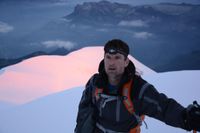
The Gruezi Biopod DownWool Summer 185 sleeping bag is deliberately designed for warm-season foot and pedal-powered adventures, and I have been trail-testing it to see how it compares with the best lightweight sleeping bags currently on the market.
One-season sleeping bags are often overlooked by outdoorsy types because they seem a little limited, but, in reality, most people do the vast majority of their camping in the warmer months.
With less chunky fill, summer bags are typically considerably smaller and lighter than most sleeping bags designed for 2-, 3-, and 4-season use. No one wants to cart extra weight along the trail in their hiking backpack when they’re out on a multi-day hiking adventure or carry more bulk than necessary when bikepacking.
Spending a hot night sweating in a sleeping bag that’s too warm is almost as uncomfortable as shivering through a chilly one – at least you can add layers or use a sleeping bag liner to improve the thermal rating of a summer sleeping bag, but you can’t make a toasty all-season bag any cooler.
Gruezi Biopod DownWool Summer 185 review
Price and availability
The Biopod DownWool Summer sleeping bag from Grüezi [external link] is available now across the UK and Europe for a recommended retail price of £300 / €320 respectively.
Specifications

- Gender: Unisex
- Size options: Also available in 175cm & 200cm length versions
- Shape: Mummy
- Pack size: 17 x 31cm, (fully compressed 17 x 19cm)
- Pack volume: 7L / (fully compressed 4.5L)
- Dimensions (in use): 215 x 80 x 50 cm (for body heights up to 185 cm)
- Weight: 850g
- Fill: 375g DownWool of 70% duck down (90/10, 650+ cuin) & 30% wool
- Outer material: 20-denier 380T nylon (100% polyamide)
- Comfort level: 8°C (46°F)
- Comfort limit level: 3°C / 37°F
- Zip: Right side
Design and features
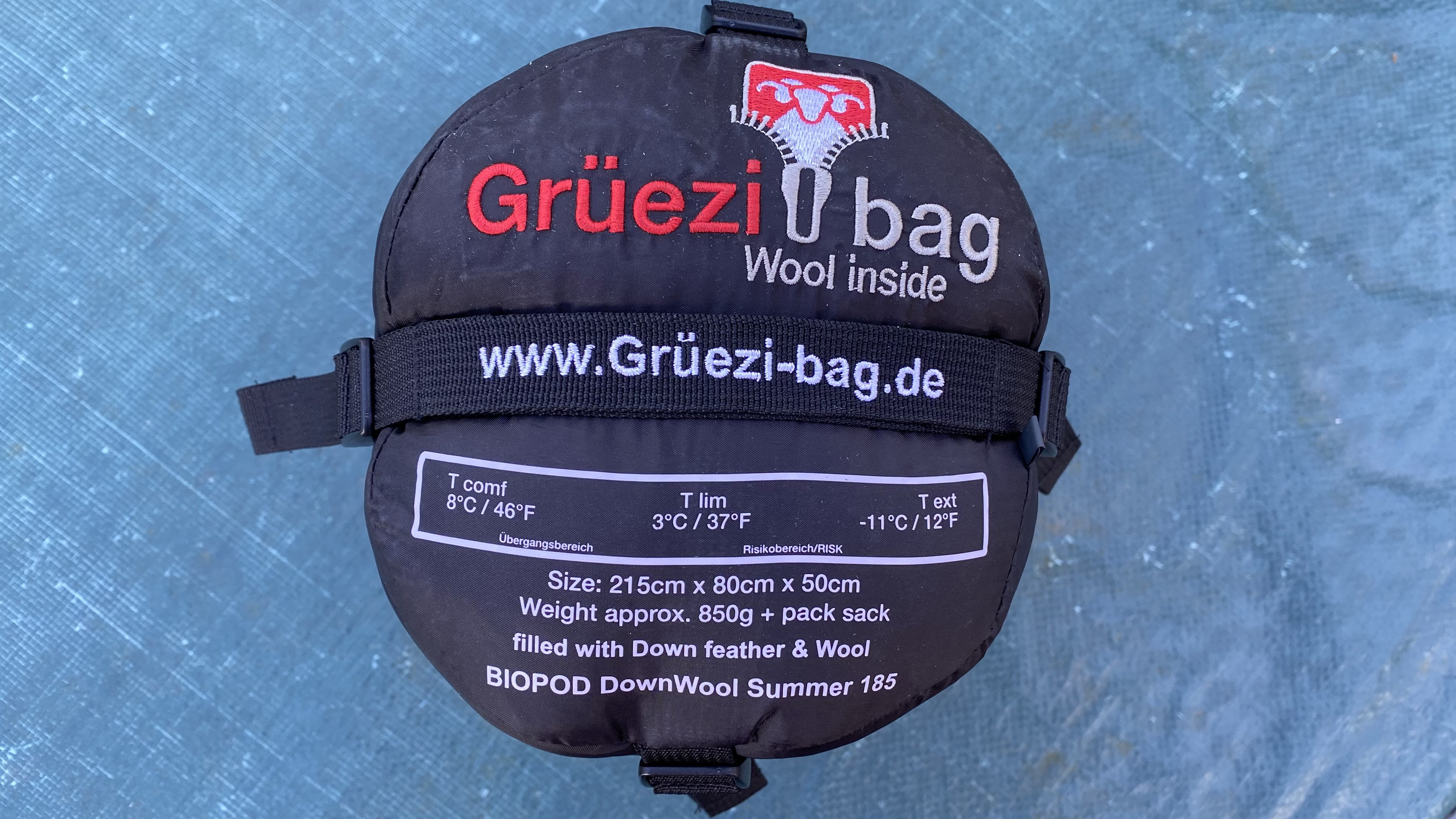
This mummy shaped sleeping bag has a spacious hood, which allows you to add a purpose-made camping pillow or a soft piece of clothing – a fluffy fleece top or even a dry puffer jacket – to the head end to use as a pillow, keeping it firmly in place for a comfortable night’s sleep.
The double-zip opening reaches along the full-length of the bag, but instead of going in a straight line it forms a reverse J shape. This design enables you to release and air your feet on really warm nights, sleeping with them on top of the bag, while still keeping the majority of the zip done up so your top half doesn’t get cold. The entire zip is bright white, which makes it easy to locate, a little trick also used on the zip for the pocket, which is on the left side of the bag, just in case you want to keep something close to hand and easy to find… (There is actually a secret pocket on the inside of the bag too.)
Get all the latest news, reviews, deals and buying guides on gorgeous tech, home and active products from the T3 experts
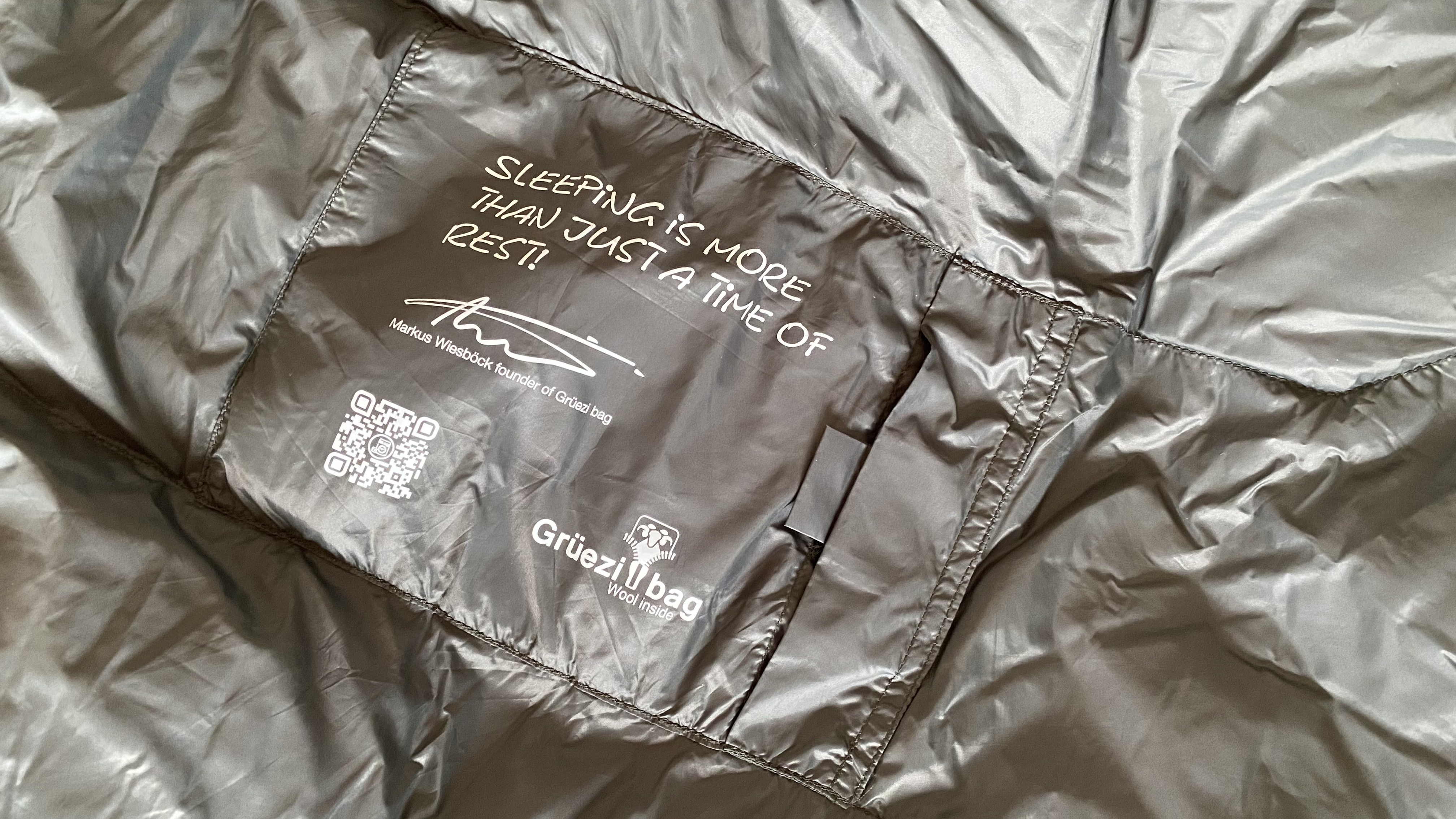
The outer fabric is ultra-light 20 denier 380T nylon, but where things get really interesting and different with this sleeping bag is out of sight, beneath this breathable, water-repellent shell in the composure of the fill. Whereas most sleeping bags (regardless of their season rating) are stuffed with either down (goose, duck) or synthetic fill, but as the name suggests, the Grüezi Biopod DownWool range of bags uses a mix of duck down (70%) and wool (30%), the latter sourced from sheep that live in alpine environments.
Why wool you might ask (I definitely did). The sheep coat content is used to counter the downside of bird down, which has fantastic (unrivalled) thermal properties, but is useless if it gets wet. Wool, on the other hand, can absorb large amounts of moisture and still keep you warm. While most down-filled sleeping bags treat the down with artificial water repelling substances, Grüezi have gone down the natural route and used wool instead. Does it work? Well there was only one way to find out.
Performance

I have been testing the Grüezi Biopod DownWool Summer sleeping bag throughout the English spring, which the more observant reader will notice is not the season it has been designed for. And we have not had a warm spring this year – so the overnight temperatures have been right on the lower limit of this bag’s comfort zone, and yet I haven’t felt the cold at all.
For context, during the testing process I was using the Vango F10 Neon UL1 solo shelter, which is a pretty warm little tent because of its small dimensions, a 3-season camping mat, and I did on occasion wear my best base layers while sleeping.
But suffice to say, I think the temperature ratings given on this bag are very realistic (if anything, Grüezi have erred on the side of caution, which always fills me with confidence when it comes to sleeping bags).
Despite the outside chill, there have been times when I actually got a bit too warm overnight, mainly because I wore my best hiking socks to bed and then regretted it. Luckily I was able to use the two-way zip to take them off and let some air to my feet without exposing the rest of my body to the chill.
As someone who regularly overheats while camping during summer, I really like this capability – it rocks. The J-shape zip makes it easy to get in and out of the bag too, which I very much appreciated, especially as I was using a low-profile backpacking tent with very little headroom.
I also like the general shape and design of this bag. Mummy bags are always the best, but some can feel restrictive – often for good reason, the colder the conditions the less dead air you want around you – but being a summer bag, this one is free to allow you plenty of wriggle room. The hood is generous too, and although I was travelling light and hadn’t brought a camping pillow, I was able to rest my head on a fleece, which stayed in place nicely.
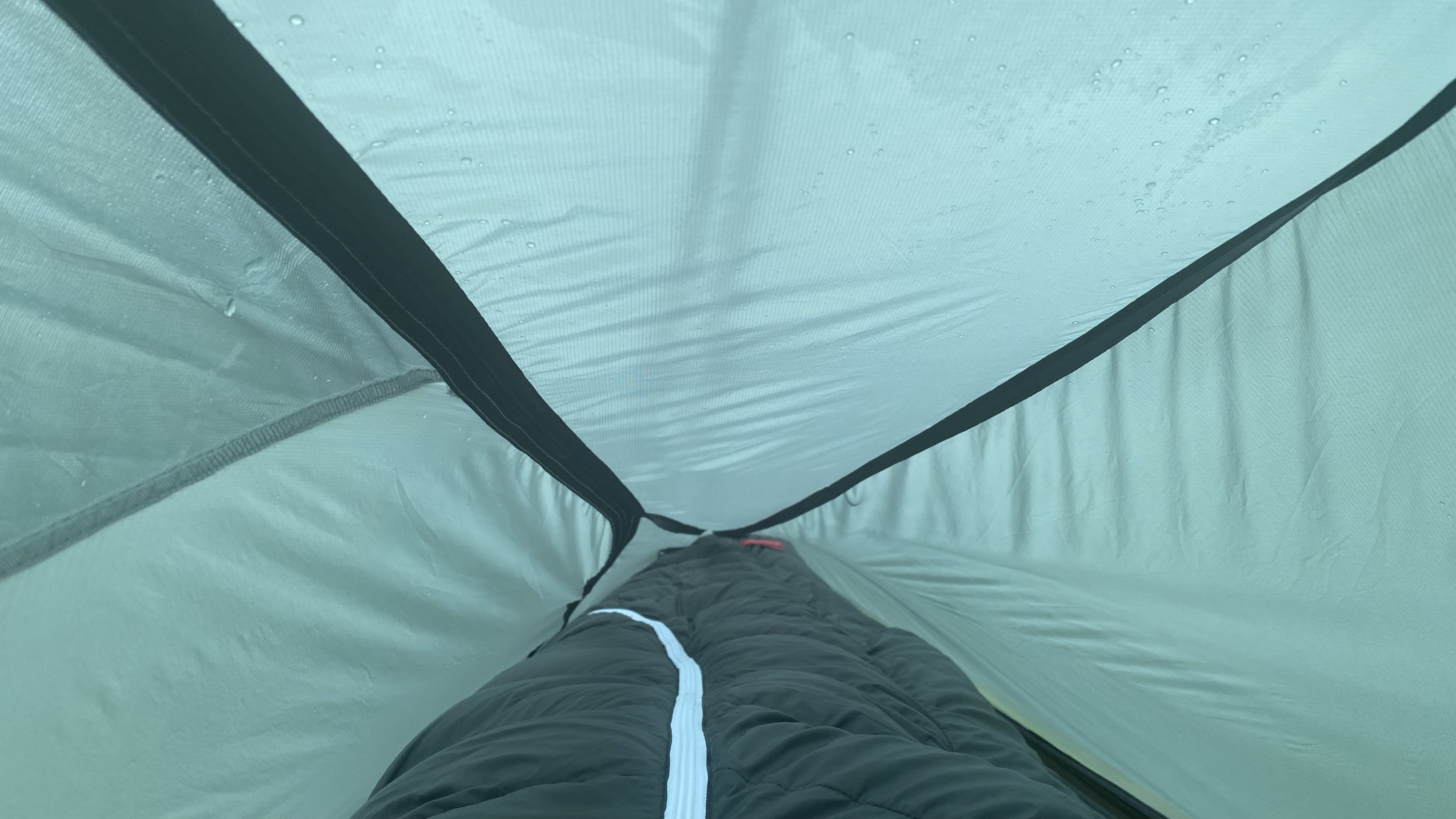
The interior of the sleeping bag has a lovely next-to-skin feel, which is particularly important for a summer bag, since you’re more likely to wear less clothing overnight once the temperatures start rising.
In regards to the interesting fill mix, I think the inclusion of wool very much contributed to the high comfort levels of this sleeping bag, and while I didn’t deliberately get it soaking wet, the concept of wool absorbing the water and preserving the thermal properties of the down content is a sound one.
The Grüezi Biopod DownWool Summer sleeping bag comes in a large expansion sack, and I was initially concerned that it wouldn’t pack down very small, but that wasn’t the case. Once you employ the compression sack and tighten all the clips, it reduces to a very packable size and weight, perfectly acceptable for hiking and backpacking escapades. I have used slightly smaller and lighter summer sleeping bags in the past (and Grüezi do offer a lighter version [retailer link] of this bag) but none that are quite so comfortable.
Verdict
In some respects it’s a bit of luxury having a 1-season sleeping bag, as opposed to a 2- or 3-season bag that will see you through most of the camping season each year, but if you do all your alfresco adventures and sleepouts in warmer weather, or of you have the resources to keep a quiver of bags for use at different times of the year, then the Grüezi Biopod DownWool Summer sleeping bag is a really great option.
It has a range of excellent features, with lots of attention to detail in areas ranging from the hood design to the zip and the foot box, and it’s one of the most comfortable sleeping bags I’ve ever slept in. The inclusion of wool in the fill to prevent moisture impacting the performance of the down is a genius idea, and I love the fact that all the materials have been ethically sourced.
Also consider
If you’re looking for a summer sleeping bag that packs down even smaller and weighs a bit less than the Grüezi Biopod DownWool bag, check out the very reasonably priced Decathlon Forclaz Trek MT900 10°C bag.
For a bag that’s much warmer, but still very lightweight and easy to carry, check out the very affordable Alpkit Pipedream 400, or the pricier (but excellent) Sea to Summit Spark SP III.

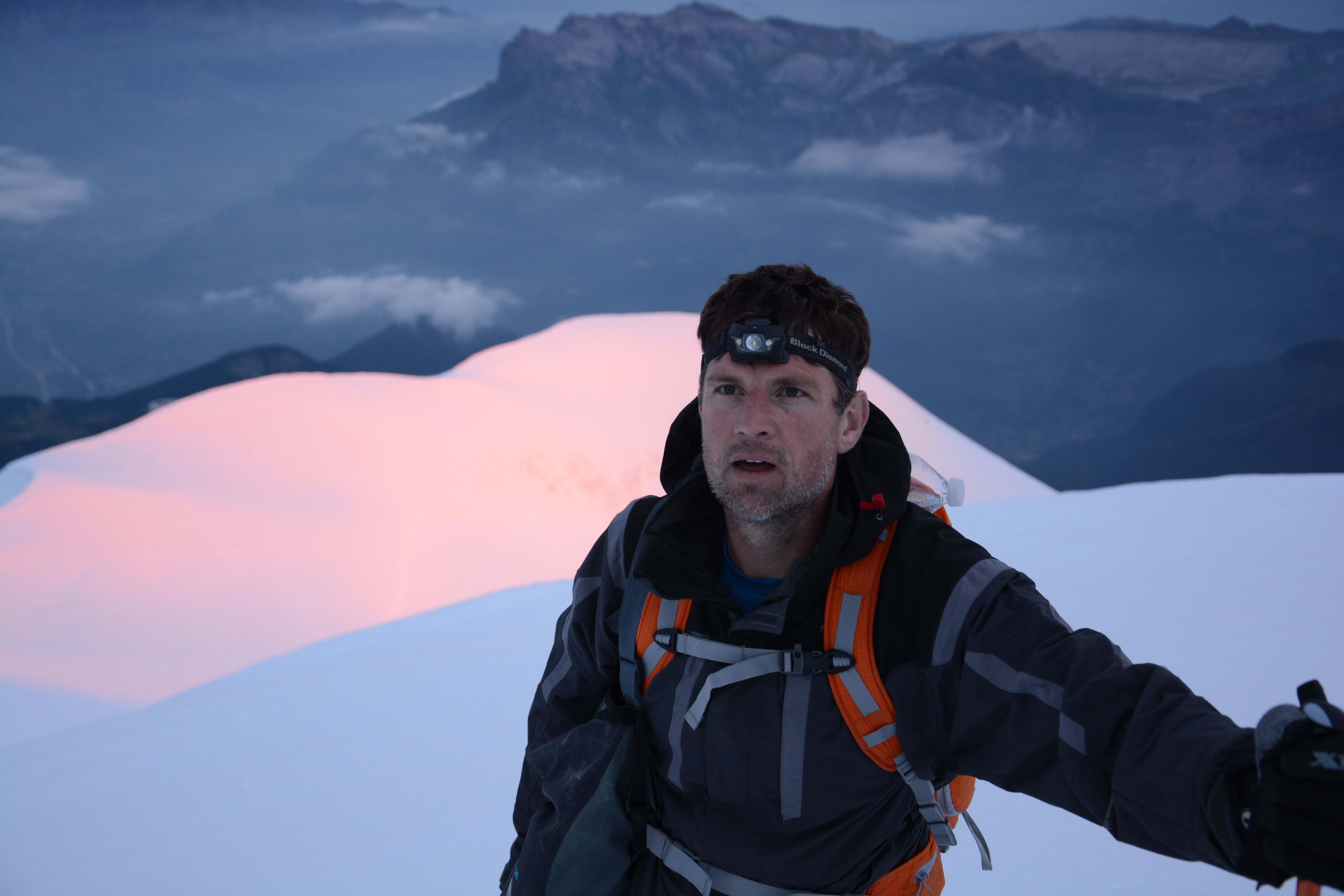
Author of Caving, Canyoning, Coasteering…, a recently released book about all kinds of outdoor adventures around Britain, Pat Kinsella has been writing about outdoor pursuits and adventure sports for two decades. In pursuit of stories he’s canoed Canada’s Yukon River, climbed Mont Blanc and Kilimanjaro, skied and mountain biked across the Norwegian Alps, run ultras across the roof of Mauritius and through the hills of the Himalayas, and set short-lived speed records for trail-running Australia’s highest peaks and New Zealand’s nine Great Walks. A former editor of several Australian magazines he’s a longtime contributor to publications including Sidetracked, Outdoor, National Geographic Traveller, Trail Running, The Great Outdoors, Outdoor Fitness and Adventure Travel, and a regular writer for Lonely Planet (for whom he compiled, edited and co-wrote the Atlas of Adventure, a guide to outdoor pursuits around the globe). He’s authored guides to exploring the coastline and countryside of Devon and Dorset, and recently wrote a book about pub walks. Follow Pat's adventures on Strava and instagram.